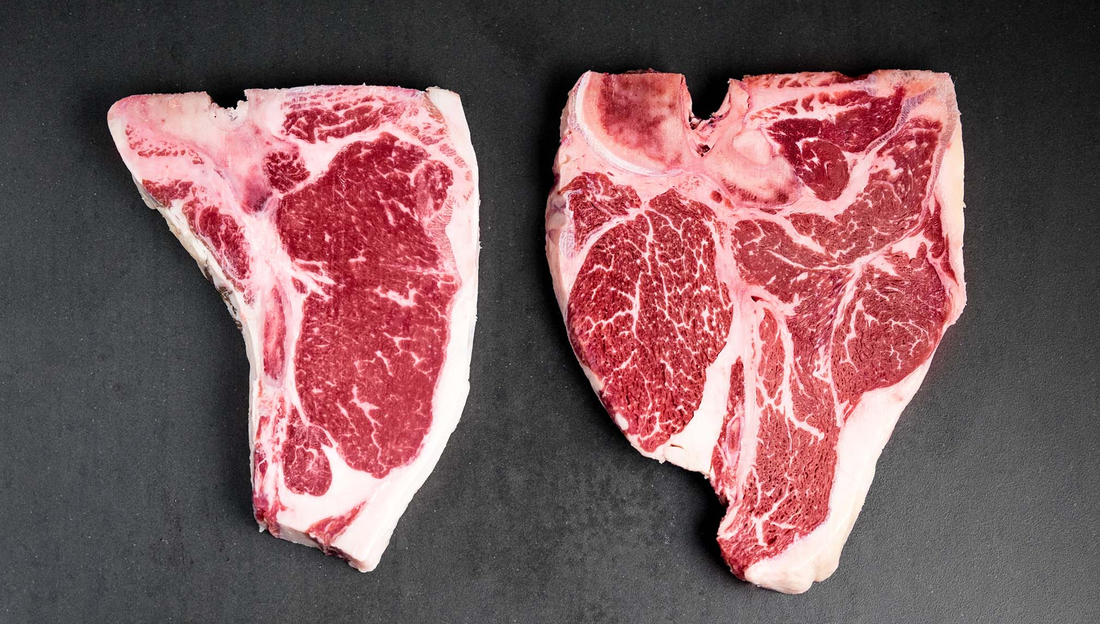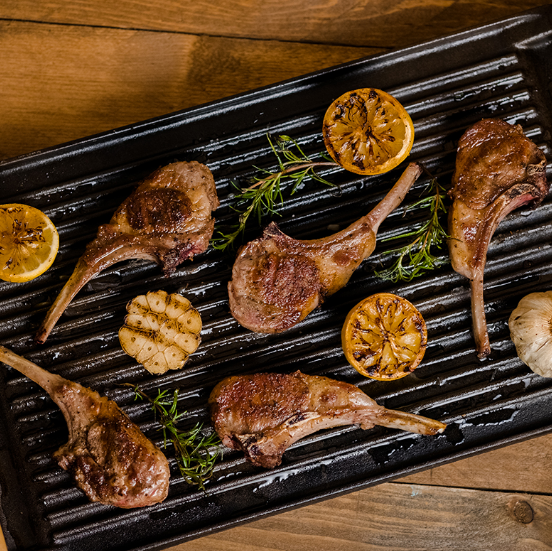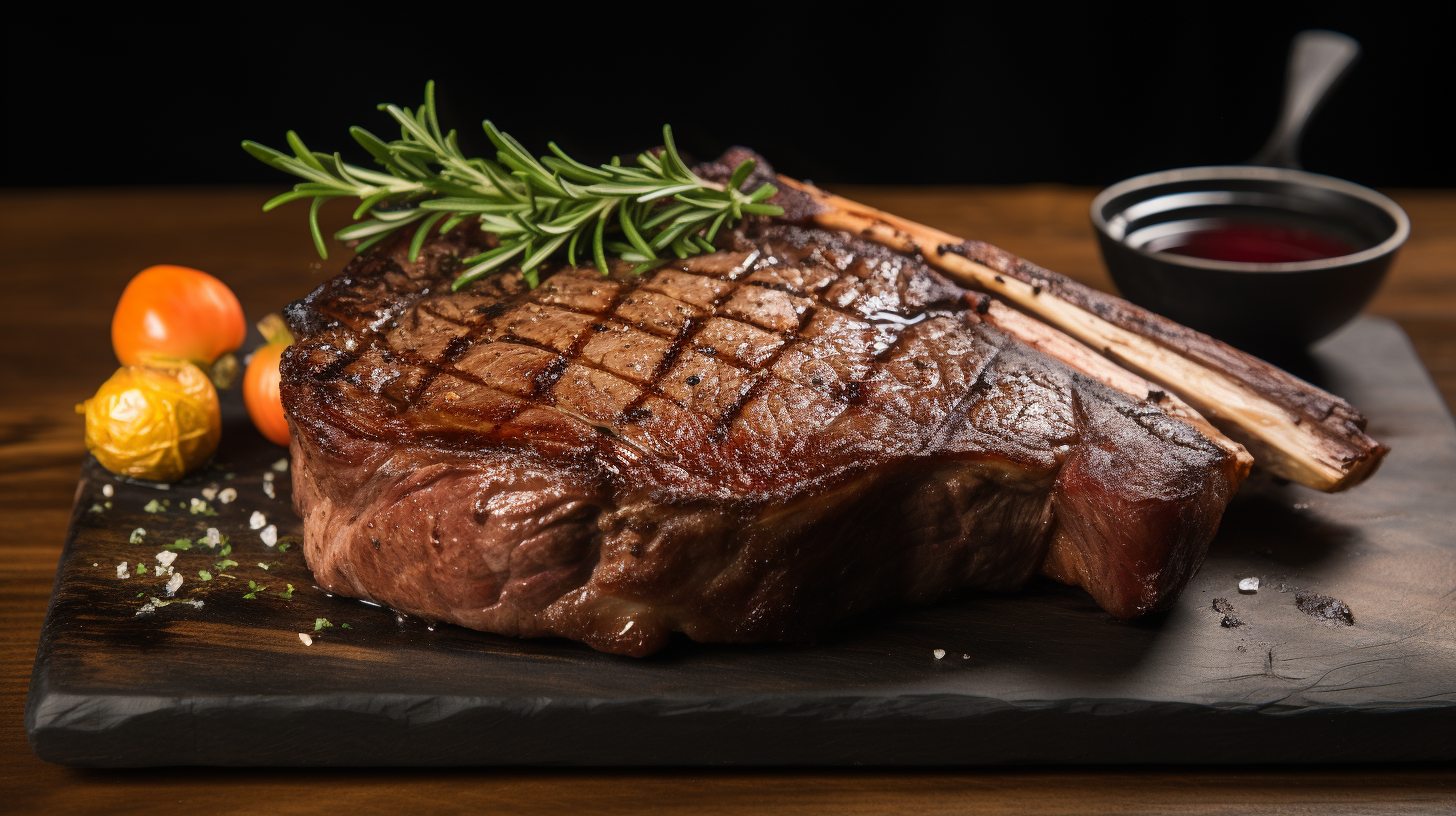With the different methods of thawing out there, one universal rule for all of them is to cook your steak immediately after. Refreezing steaks after being thawed is also a big no no. Freezing creates ice crystals since it contains a high percentage of water. They rupture the fibre in the beef and repetition of this causes the meat to become dry.
Primebeef Company has stood by the method of slow-thawing when preparing our steaks ever since. Gradually thawing your steak this way keeps it at a safe temperature that prevents fast-growing bacteria from invading your meat. This also minimizes the liquid purged from the steaks. Instead of flushing all the juices of the meat out at once as it would at a warmer temperature, the ice crystals instead melt slower and only bit by bit seep out which in turn lets the meat retain more of the liquid. It’s like when you’re pouring out a glass of water, if you do it in a swift action the way a steak would at a higher temperature, most of the water will be drained. As opposed to tilting the glass gently similar to thawing slowly, you’ll be able to maintain more water in the glass or more moisture in the steak. This is why this is the best method to keep the steak juicy and tender. Keep the vacuum sealed steak in the fridge about 5-10 hours (depending on the size and power of your refrigerator) flat on a shelf or tray for it to thaw evenly.
The next most popular method would be submerging your vacuum sealed steak in water. Our steaks come vacuum sealed which takes out the air and will help optimize the distribution of the warmer temperature outside the steak. In a pinch, this method does work but it’s recommended to use cold water rather than hot water again to prevent the growth of bacteria that occurs at hotter temperatures. It also helps to change the water every 20-30 minutes to make sure it stays cold.
Another method is using the defrost feature of your microwave although this can dry out the steak making it tougher. You’ll also have to check your steak often to make sure it’s thawing rather than cooking in there.
We’ve tried and tested these different methods and the contender is still slow thawing in the fridge. The other options can cause the steaks to get tough, dry out or can even go bad so it’s really best to go with slow thawing. As they say, the best things in life are worth the wait.
Whichever of these methods you choose, always make sure to cook the steak right away and avoid freezing it again after thawing.
Share with us your steak experiences on Facebook or Instagram @primebeefco !





